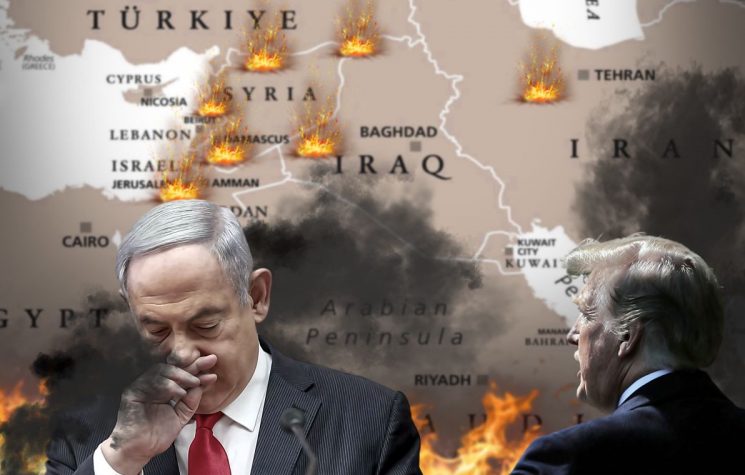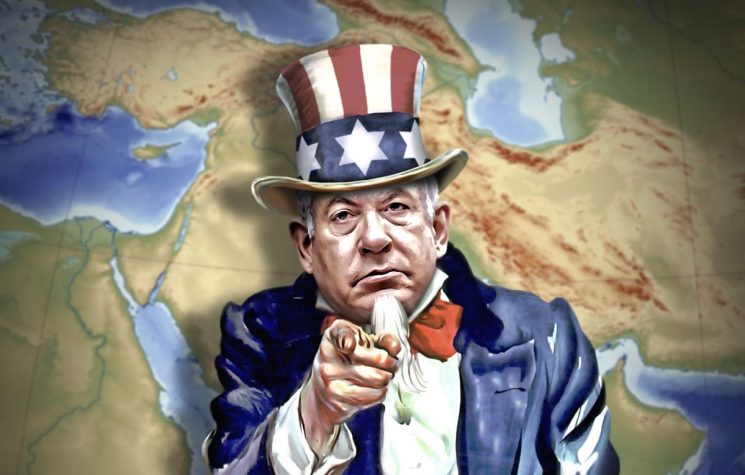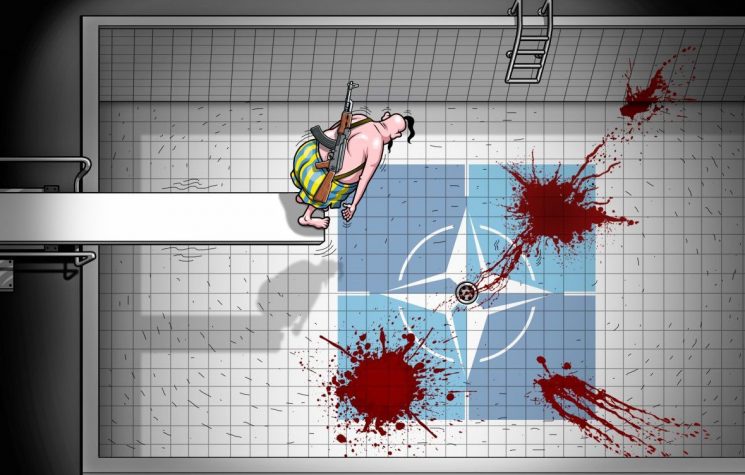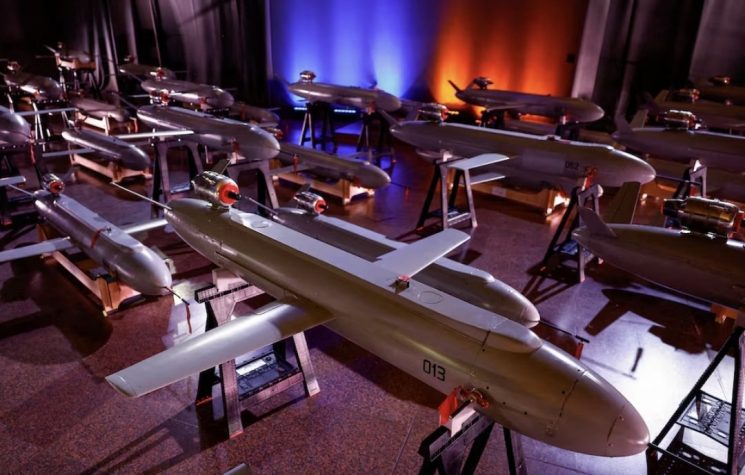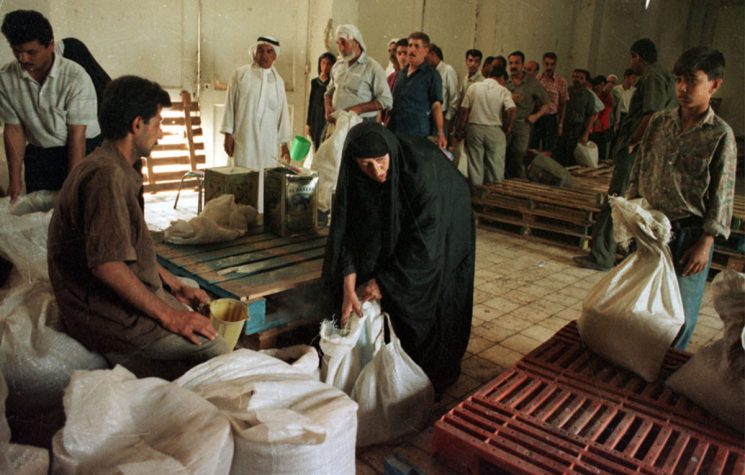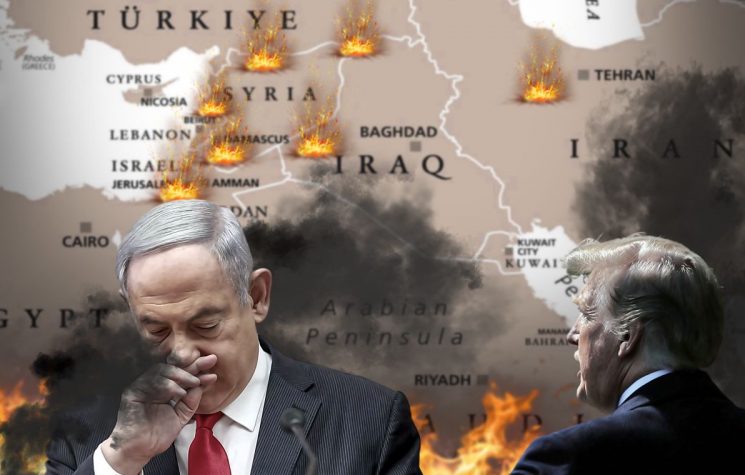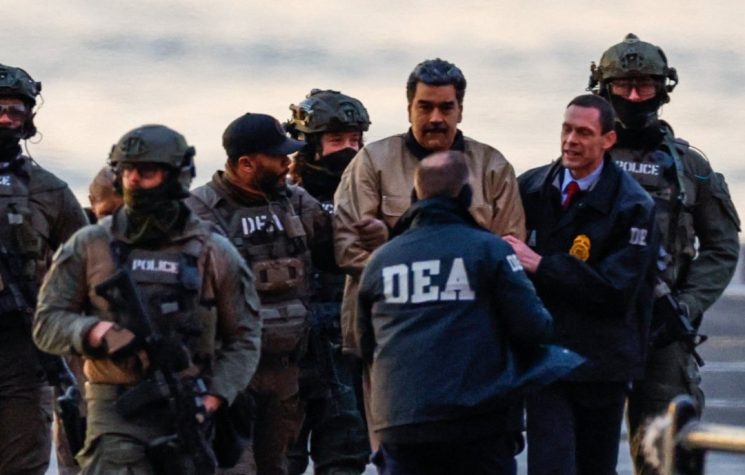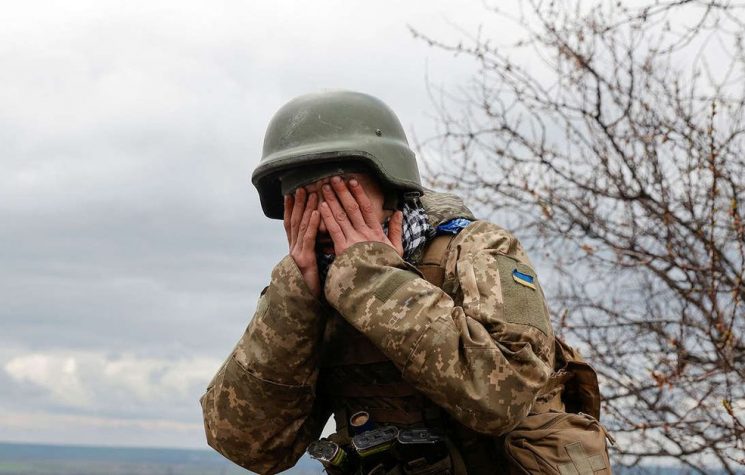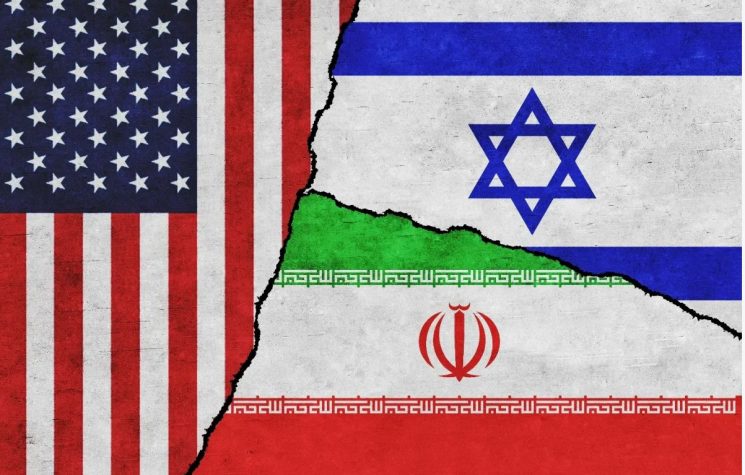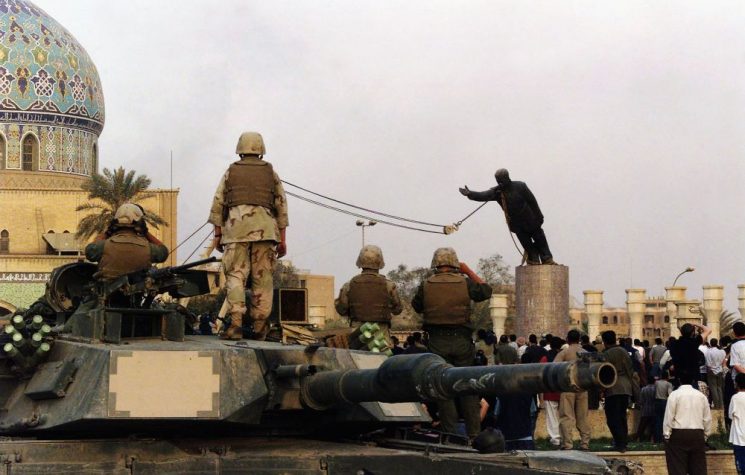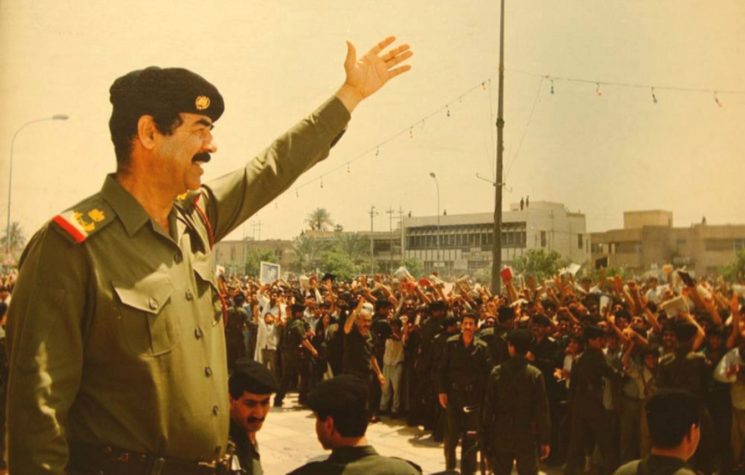Washington is forced to respond indirectly to direct attacks, since it is unable to go to war with the Persian country.
❗️Join us on Telegram![]() , Twitter
, Twitter![]() , and VK
, and VK![]() .
.
Contact us: info@strategic-culture.su
You can follow Lucas on X (former Twitter) and Telegram.
Recent U.S. bombings on the Iraq-Syria border have disappointed some pro-Western militants who long for a major war in the Middle East. The strikes hit targets supposedly linked to pro-Iranian militias, but it is possible to say that the U.S. failed in its aim of showing effective retaliation against the Persian country for the attack on an American base in Jordan.
Dozens of people were killed or injured in American attacks in Syria and Iraq on February 3. In total, 85 targets were hit, reportedly including decision-making centers, logistics and intelligence facilities. The targets were groups linked to the so-called Axis of Resistance, an Iran-led international coalition of anti-Zionist and anti-Western armed organizations.
The operation was a response to the previous attack carried out by Iranian units against U.S. positions in Jordan, which killed at least three American soldiers. Washington took a few days to make clear what its retaliatory operation would be like, generating expectations about a possible escalation in the Middle Eastern conflict.
Some public figures in the U.S. began to pressure the Biden administration to authorize a direct attack on Iran. For example, Senator Lindsey Graham, who is a politician known for his aggressive and pro-war stance, published on his social media:
“When the Biden Administration says ‘don’t’, the Iranians ‘do’. The Biden Administration’s rhetoric is falling on deaf ears in Iran. Their policy of deterrence against Iran has failed miserably. There have been over 100 attacks against U.S. forces in the region. Iran is undeterred. (…) The Biden Administration can take out all the Iranian proxies they like, but it will not deter Iranian aggression. I am calling on the Biden Administration to strike targets of significance inside Iran, not only as reprisal for the killing of our forces, but as deterrence against future aggression (…) The only thing the Iranian regime understands is force. Until they pay a price with their infrastructure and their personnel, the attacks on U.S. troops will continue. (…) Hit Iran now. Hit them hard.”
However, the responses were somewhat “well measured”. The US did not attack direct Iranian targets, but rather some positions of militias allied with Tehran. There are allegations that targets linked to the Iranian Revolutionary Guard had been hit, but these data have not been confirmed. Even if something did happen, it is unlikely that the move had a major impact on the Guard, as there were no Iranian retaliations in the following days.
In fact, no matter how much pressure there is from domestic pro-war sectors, the Biden government simply cannot take very radical measures against Tehran – at least not if it really wants to preserve itself from a catastrophe. The Persian country, in addition to being a relevant military power, has a complex network of allied armed groups that would intervene in its favor in the conflict, generating a situation of widespread chaos and intense battles that could be extremely harmful to the U.S.
The material unfeasibility of a war between the U.S. and Iran is an old concept in Western geopolitics. Zbigniew Brzezinski already warned about this in his writings. His advice to American officials was to seek balanced relations with Iran, trying to prevent a war scenario, as this would become catastrophic for Washington. The author stated that a U.S.-Iran conflict would force American troops to use a massive number of soldiers, given the country’s territorial dimensions and unique geography.
Recent estimates indicate that at least 1.6 million American soldiers would be needed to carry out a ground operation in Iran. In parallel, battles in the air and at sea would have to face the powerful Iranian missile, drone and mine capability, which is recognized as one of the best in the world. The conflict would be extremely exhausting for the U.S. and could lead the country to an economic collapse – in addition to representing a disaster in the global oil trade, as the Axis of Resistance’s militias could destroy the infrastructure of U.S. allies in the region.
In addition to all these factors, it is necessary to analyze the current geopolitical scenario. The U.S. is already involved in a proxy war against Russia in Ukraine and also fears an escalation in the Asia-Pacific region in the near future. Furthermore, internal tensions are growing due to an unprecedented migration crisis, which is even putting American national unity at risk. Washington is definitely not in a position to choose to engage in a high-intensity war.
All these factors led American decision makers to recognize their limits and choose targets outside Iranian territory. The conditions oblige the US to retaliate indirectly for direct attacks. While Iran targets American bases, Washington is limited to attacking Tehran’s proxies in non-Iranian soil. As “humiliating” as this may seem to some warmonger militants, this is the reality the U.S. must deal with.













